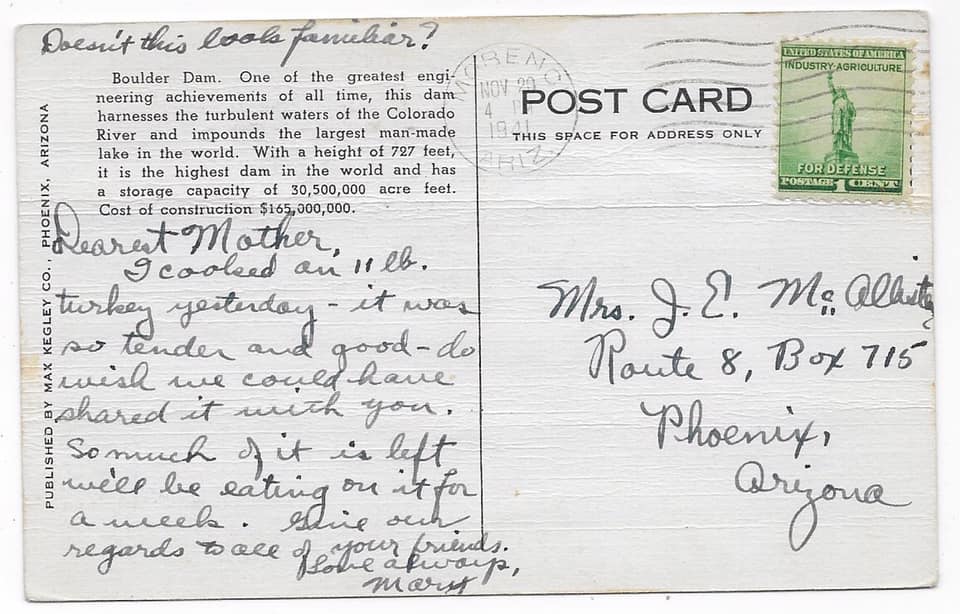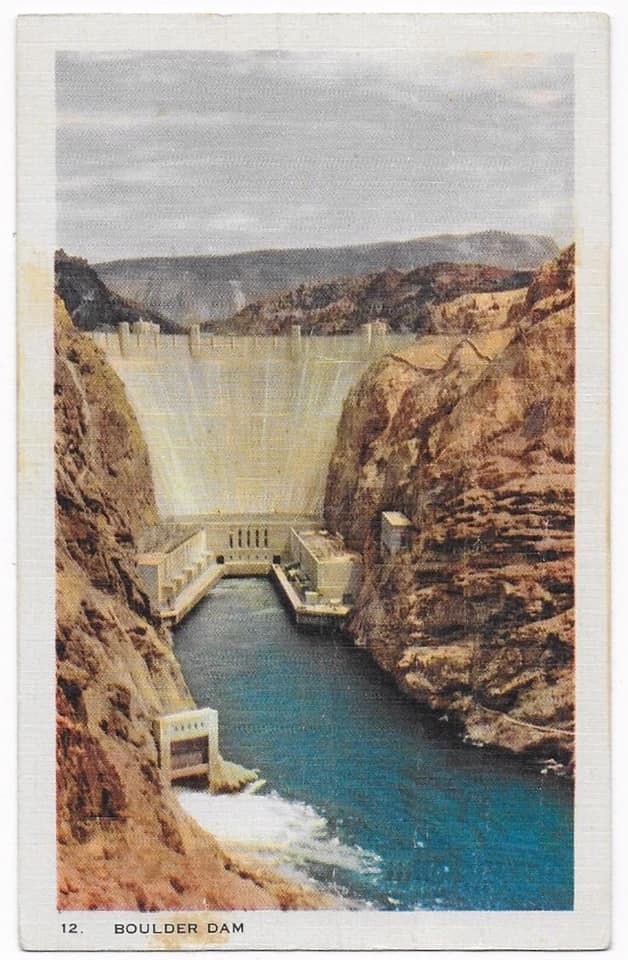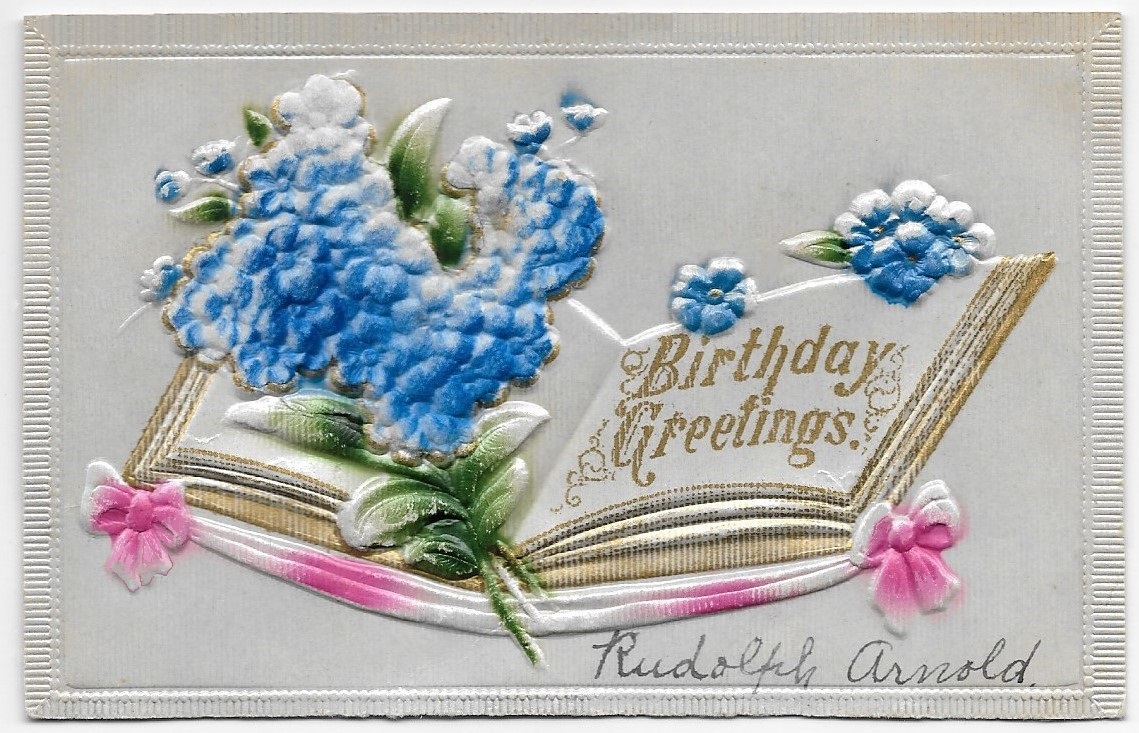There is a fascinating history of hope, ambition, and need that is reflected in the creation of this enormous public work.
Throughout the western US, the Colorado River was viewed as a solution to the demands of rapid growth – water for irrigation, water for growing cities, flood control, and the insatiable demand for electric power
The history of Boulder Dam includes decades of preparation that led to the Colorado River Compact between seven states, the authorization of the dam in 1928, and the award of a construction contract to the Six Companies consortium.
The selection of a site, the location of the workers’ camp, the design of the structure, the architectural embellishments – every detail required deliberation and negotiation.
Thousands of workers moved into the new desert city to work on the dam; more than a hundred died during the construction.
https://en.wikipedia.org/wiki/Hoover_Dam
(It is a myth, however, that worker’s bodies are entombed in the concrete.)
Many deaths were due to asphyxiation from fumes accumulating in tunnels and passageways.
https://www.usbr.gov/lc/hooverdam/history/essays/fatal.html
The Congressional authorization was made for “Hoover Dam”, but the administration of FDR referred to the completed structure as “Boulder Dam”.
Congress reaffirmed the designation of “Hoover Dam” in 1947, after the death of Franklin Roosevelt.
When this postcard photograph was mailed in 1941, the structure was called, “Boulder Dam”.
Immediately following the dam’s dedication (1935) and opening (1936), the site became a tourist attraction.
As Lake Mead filled Black Canyon behind the dam, a recreational industry developed.
Today, this monument to engineering faces potential obsolescence as climate change continues to alter historic patterns of precipitation.
In recent years, Lake Mead emptied to the lowest level since the lake was first filled, and it is possible (without a reversal of trends of the last ten years) that there will be insufficient water flow to power the turbines that send enormous amounts of electricity into the southwest.
How different the prospect appeared in November of 1941 when Mary wrote to her mother, Mrs. J.E. McAllister in Phoenix, Arizona!
This postcard was mailed from Morenci, a “company town” built by the Detroit Copper Mining Company.
Located in east central Arizona, the Morenci Mine is the largest copper-mining pit in North America.
https://en.wikipedia.org/wiki/Morenci,_Arizona
We met several members of the extended McAllister family in earlier postcard stories:
“A Shakespeare Garden in Ellis Park”, “Harry is Driving to Seattle”, “A Sunday Visit to Mexico”
In this postcard message, Mary tells her mother that she had cooked an 11-pound Turkey which her family was still eating.
“Regards” are sent to all of their friends.





